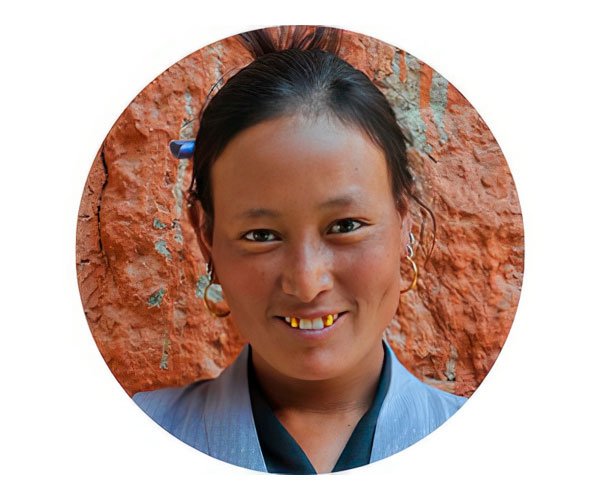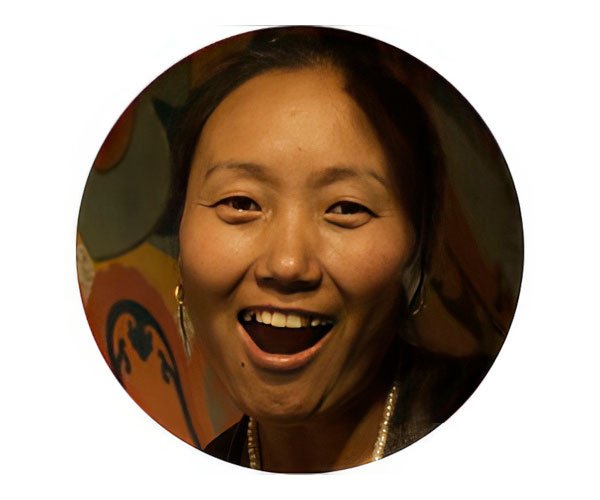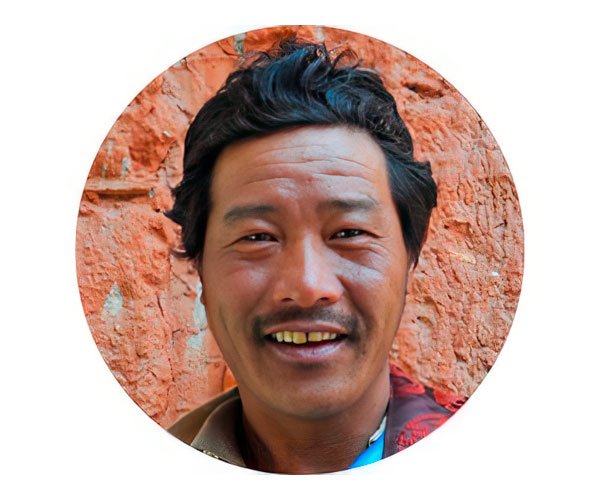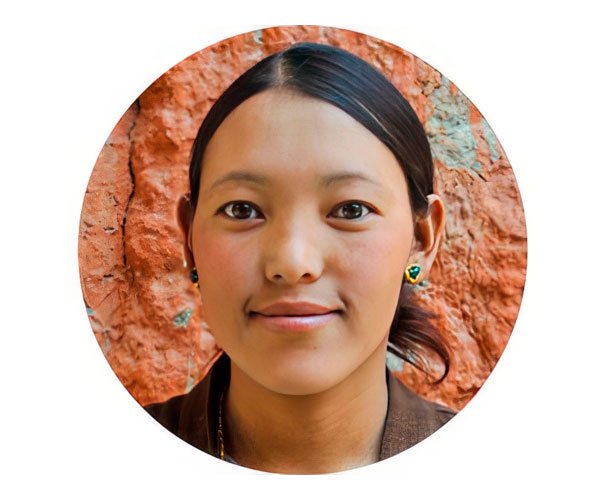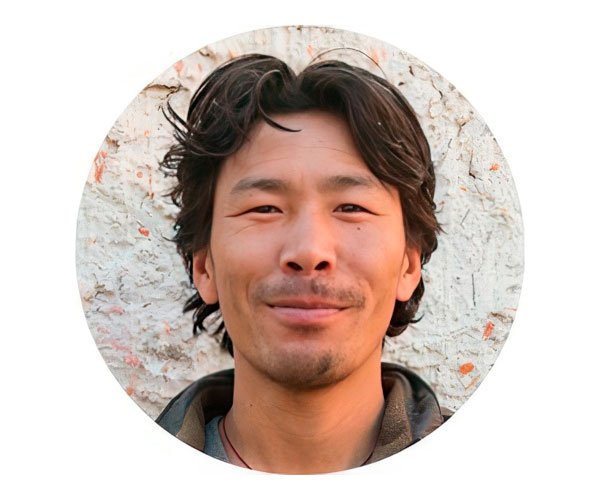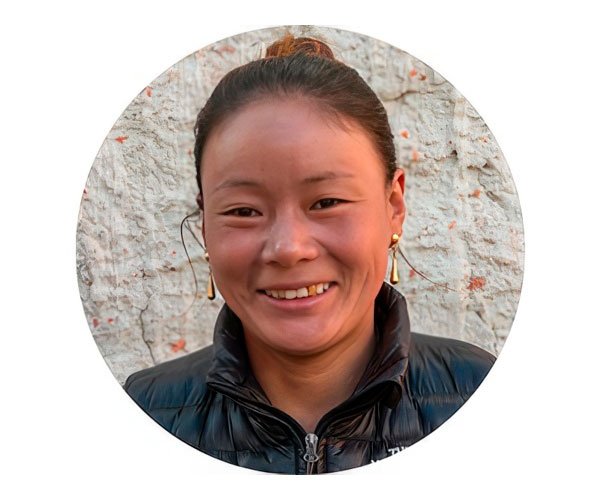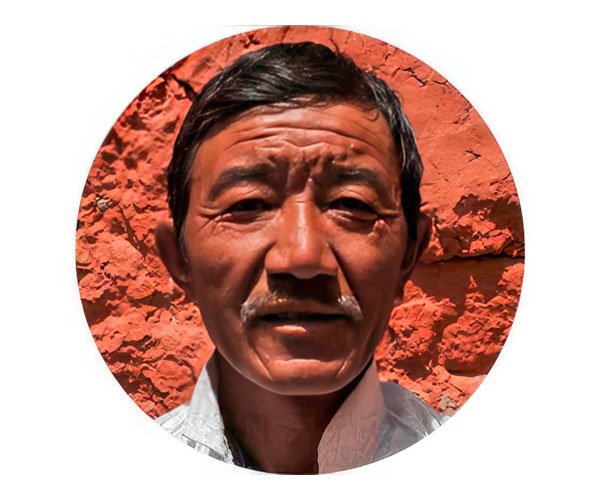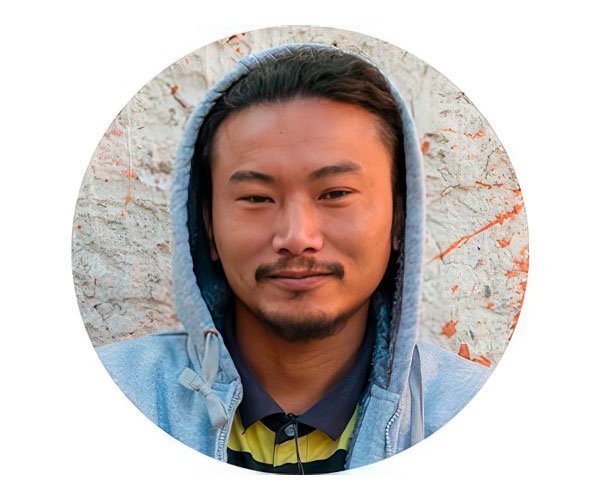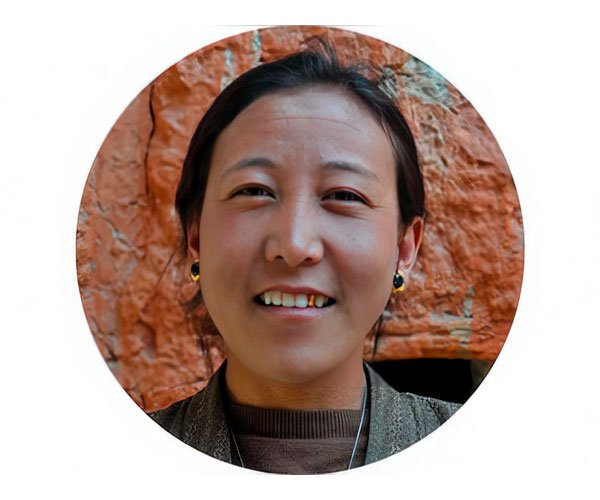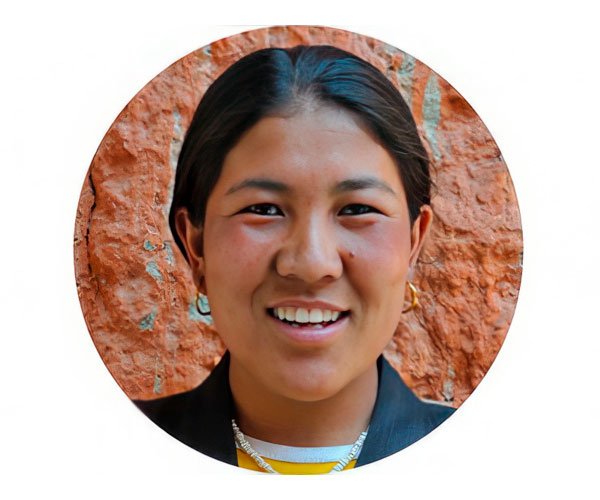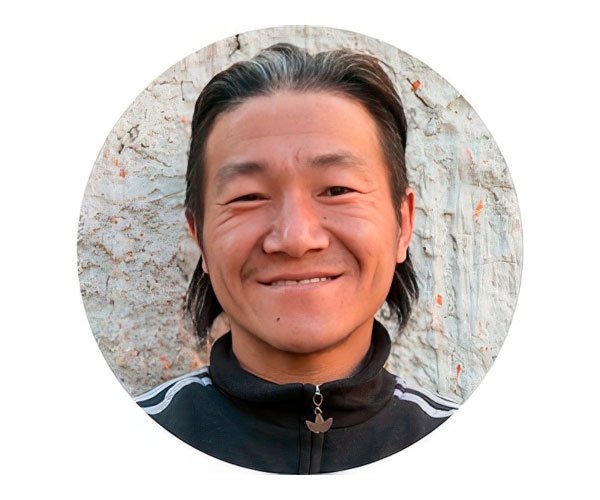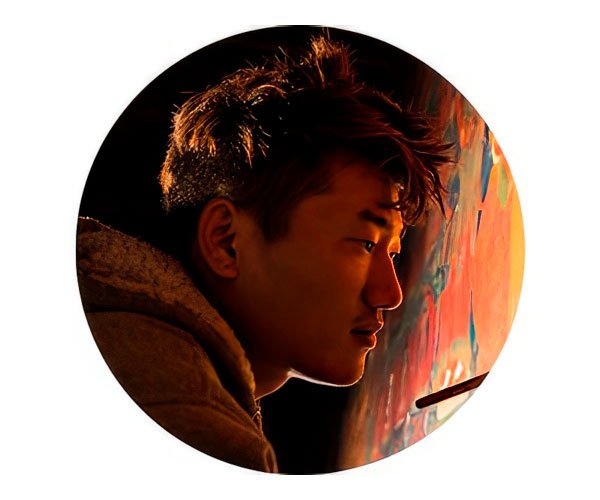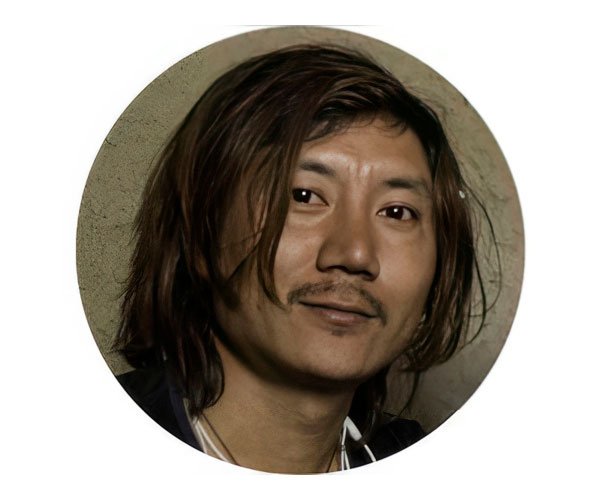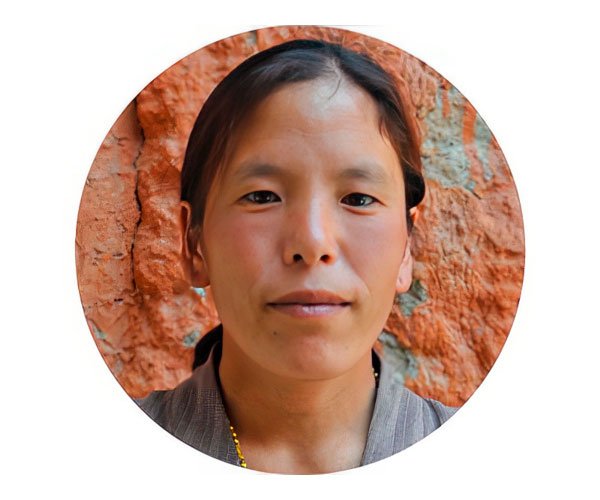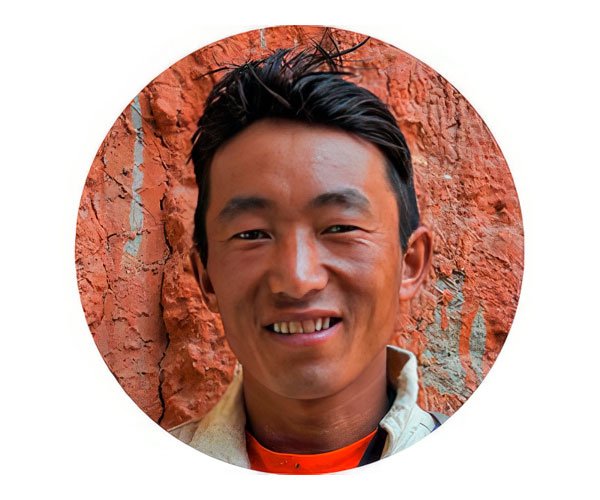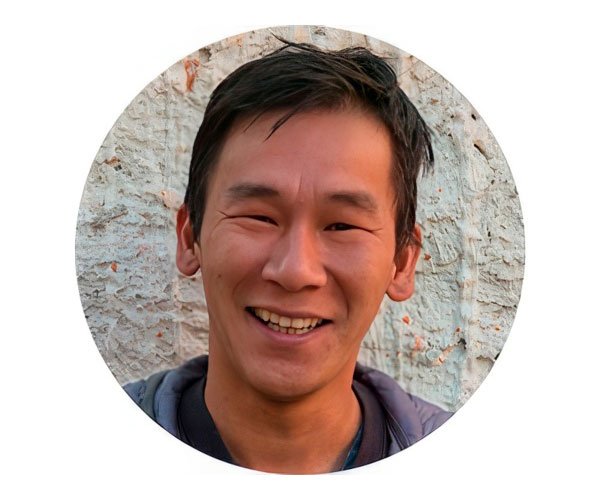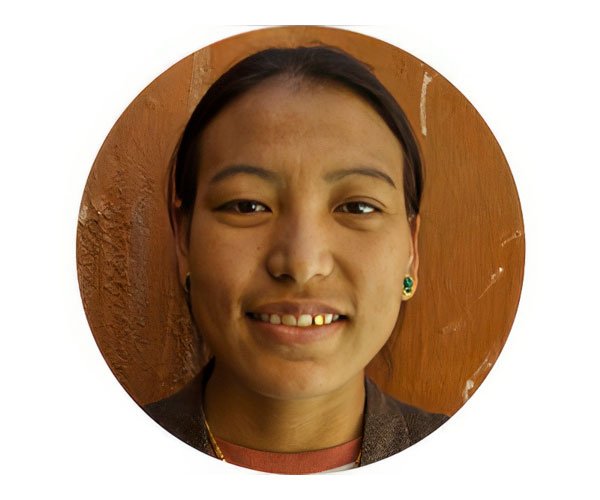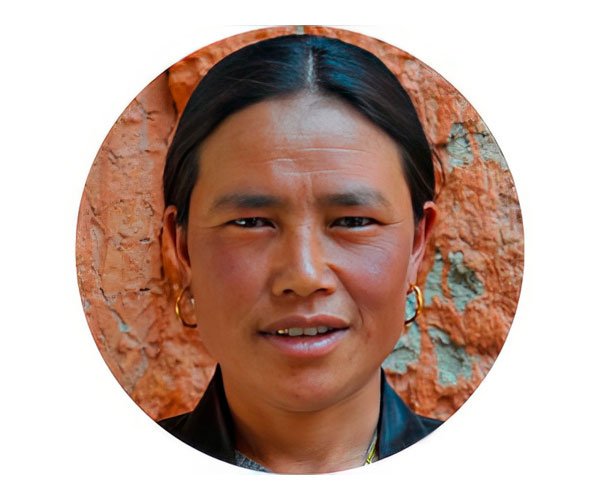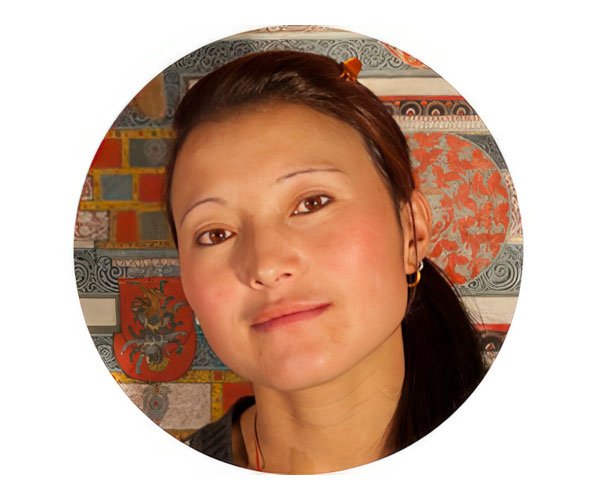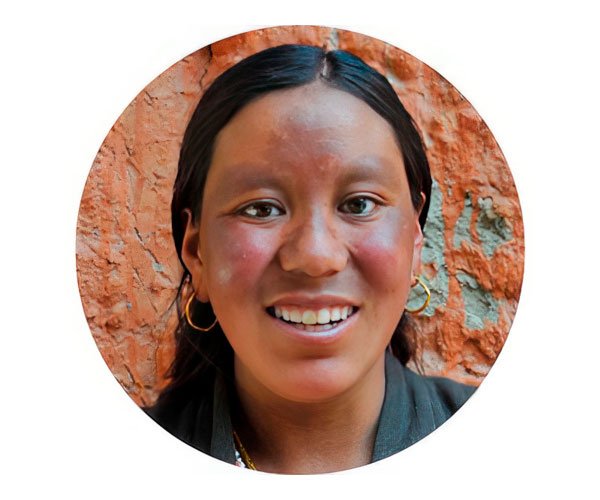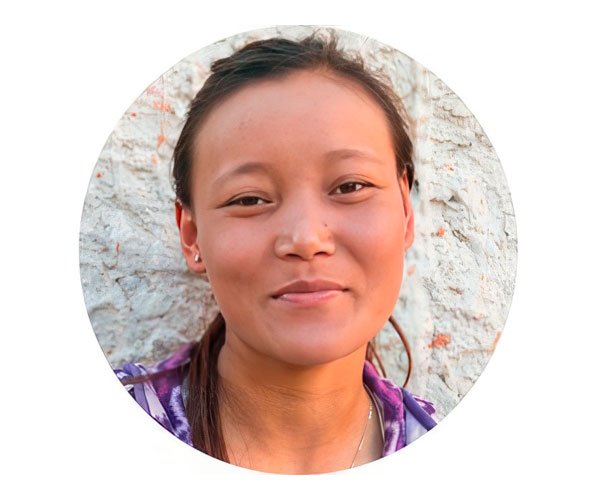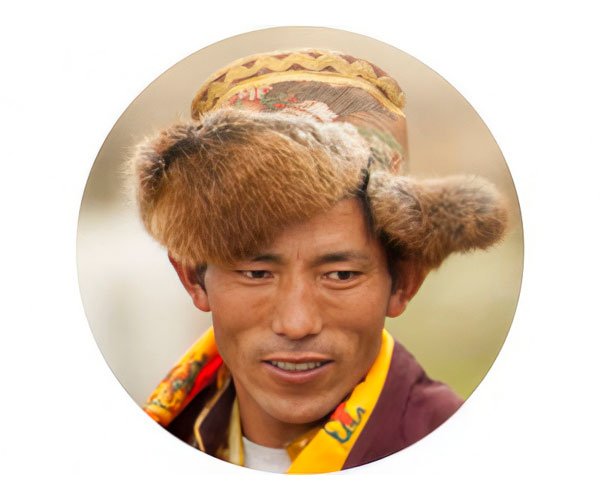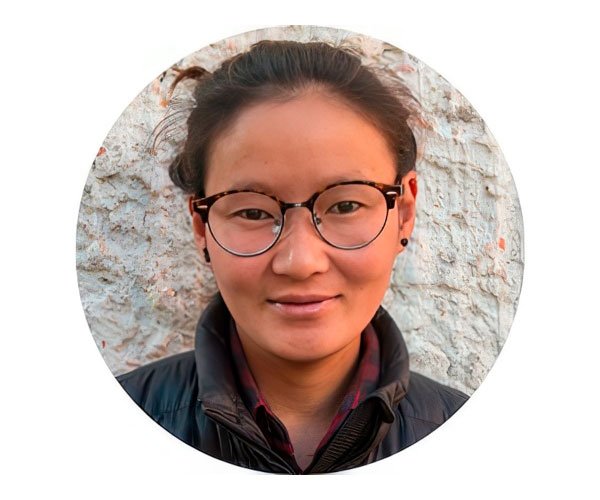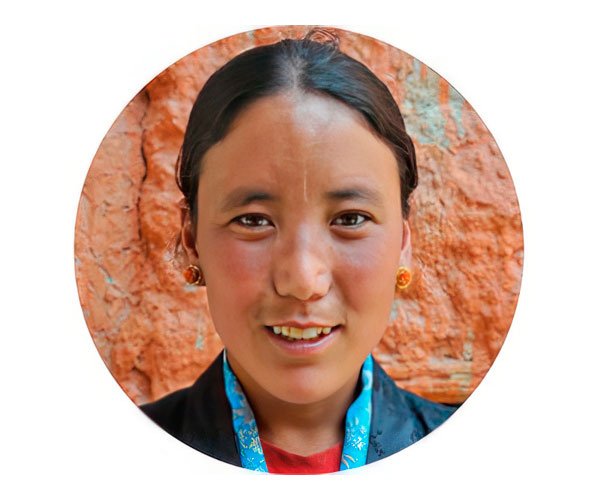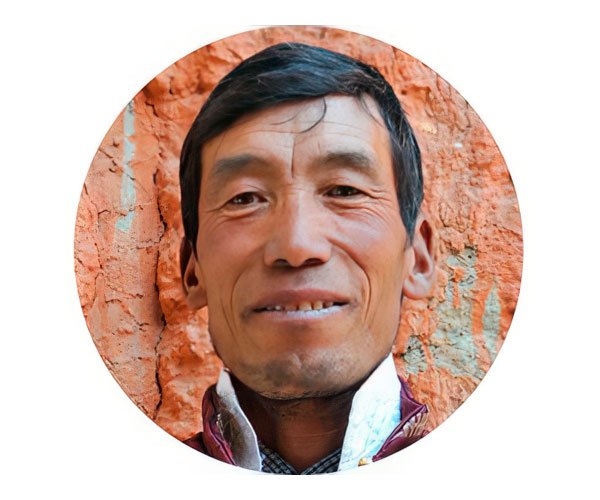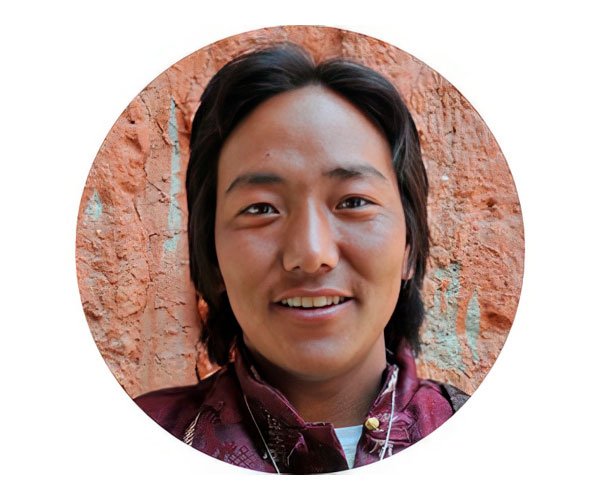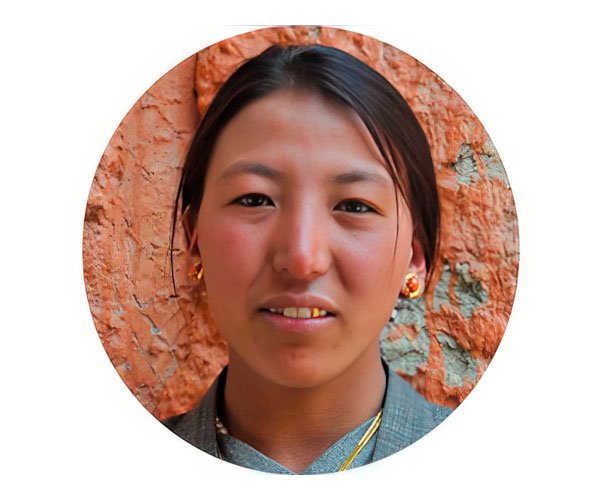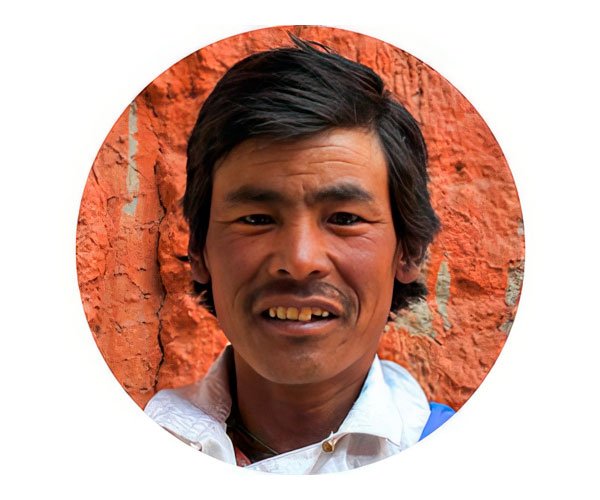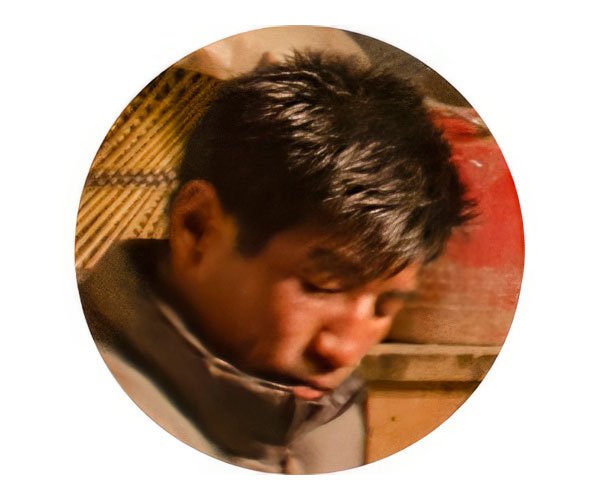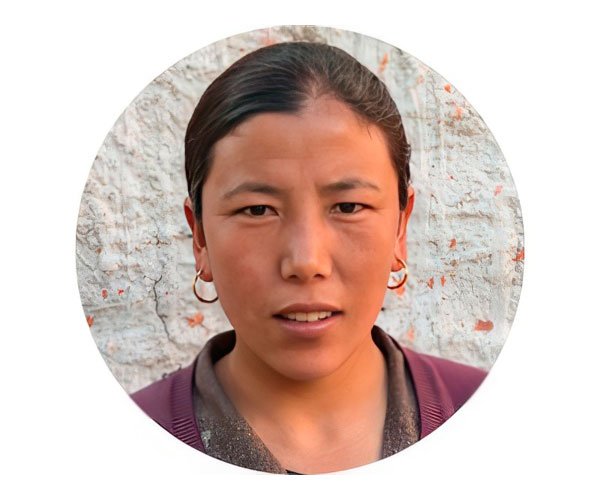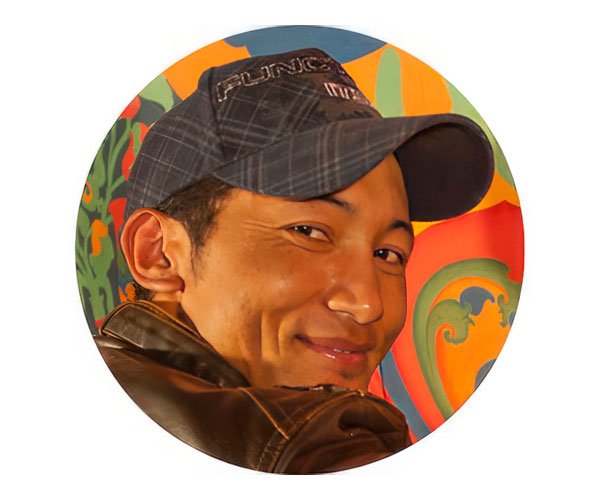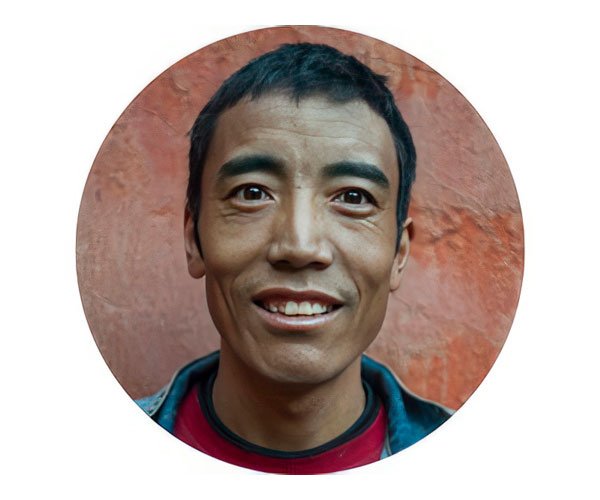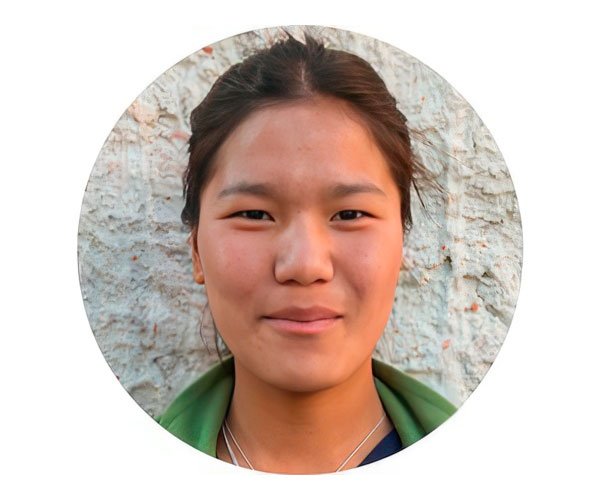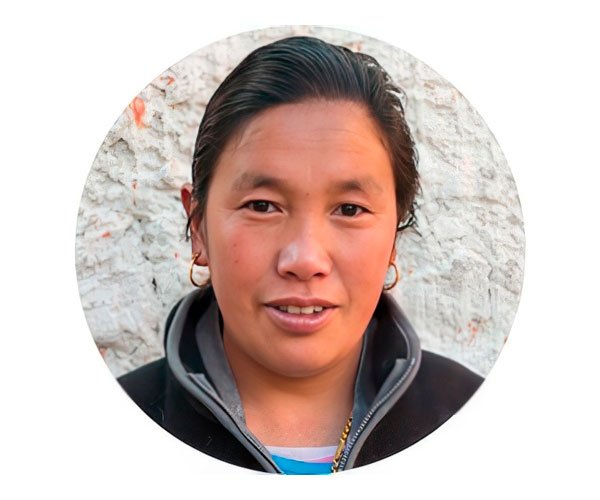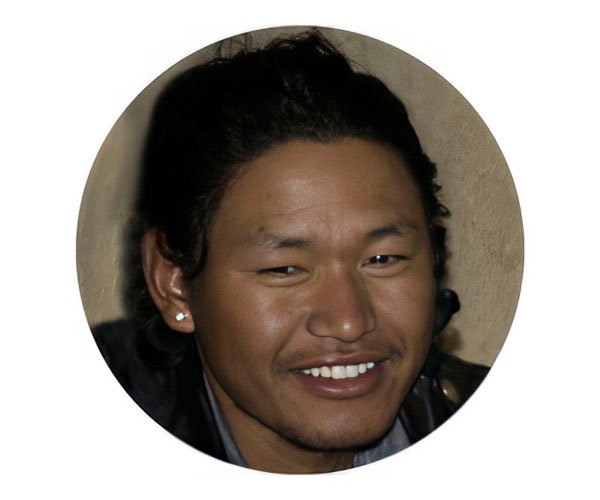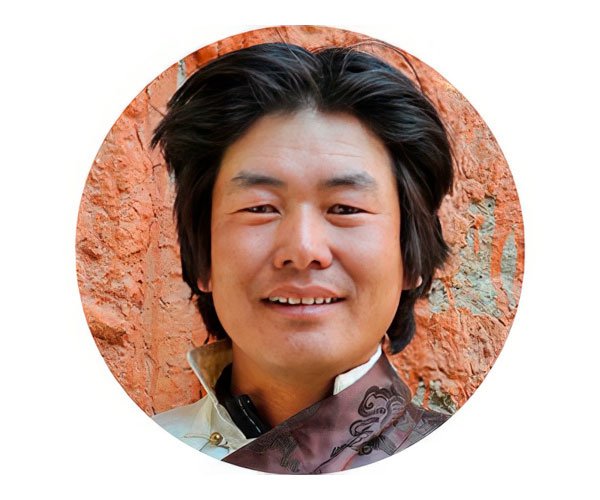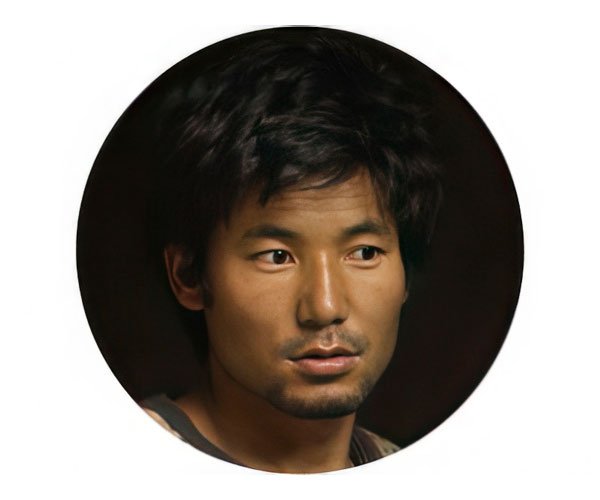The locals are the people of Mustang, in this case they are the people of Lomanthang. Almost. There are people from Chhoser as well. There are people from Pokhara. They all share the same faith. They all want to safeguard their culture and their heritage. They don't want museums, they want living temples.
the team
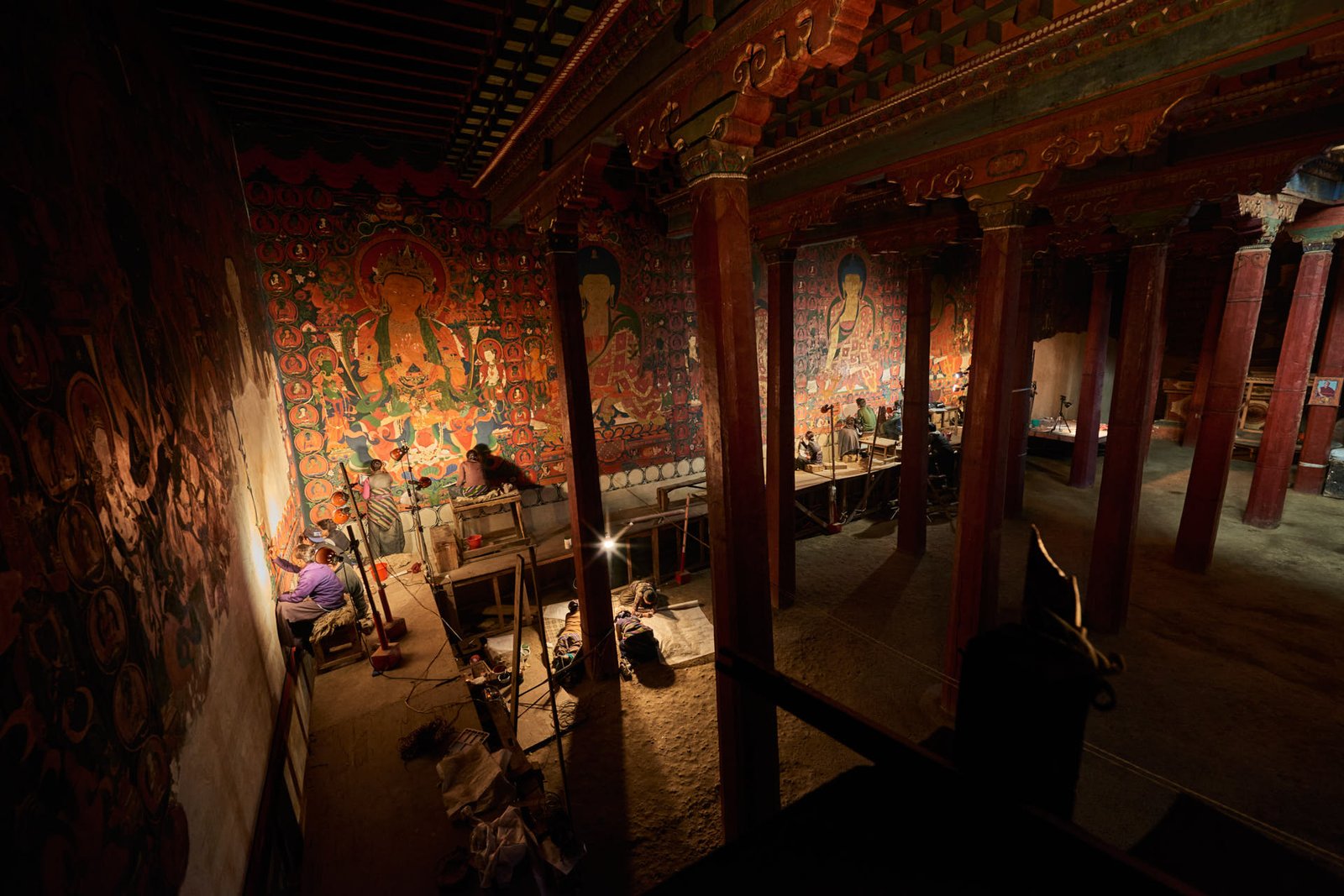
Most of them were and still are farmers. First they became restorers, then painters. Yet they are farmers. And they are all proud of both the lives they were offered to live. We lost some on the way: there is who opened a guest house, who opened a shop, who moved in a foreign country and who decided to take care of their family. And some opened small art galleries in Lomanthang.
This page is a way for me to pay homage and respect to all those wonderful people who have been involved in the project: the ones still in and the ones out. All of them gave their best and contributed to reach the stage we are in right now.
Thank you, dear friends.
the artists behind the project
THE ONES IN AND THE ONES OUT
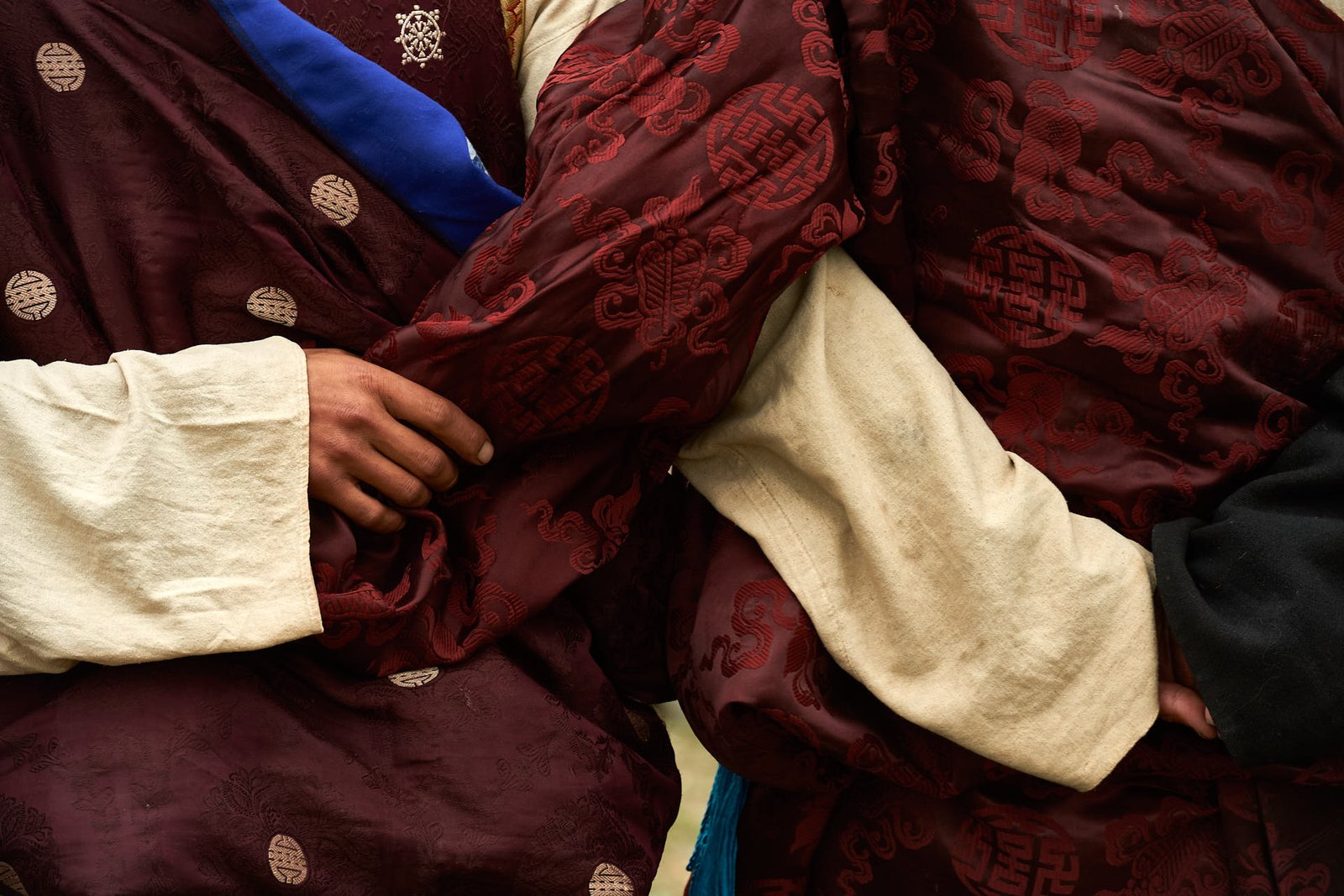
co-leaders
Jojo (Tsewang Jigme), Dawa and Indra are the co-leaders of the project. Indra looks after the management, the materials, the salaries, the bills, the team and he's the fixer as well: if there is a problem, he'll find a way out. Jojo at the beginning, then Dawa when the former left the project, is the team leader when I'm not on site. By envisioning self-sustainability we are trying to give the chance to prove they can work without foreigners and hopefully go on working in the future by themselves.
thangka painters
When the reconstruction project started we hired two thangka painters to help us. We thought the local team would have gone faster and they could have helped us training the locals in the skills of painting as well. Nonetheless they themselves had to be trained in the old style, nearly forgotten and barely taught in the art schools of Tibetan art. Results were so brilliant that here we are today with a team of eight dedicated thangka painters helping us bringing life back on the walls.
the main team
They are the core of the project. They have been trained in conservation first. Then thanks to The American Himalayan Foundation some of them received thangka training sessions from Mukti Singh Thapa over five winters and they started passing over their friends the basics of painting. Now those skills are a precious contribution to the successful results of this project.
masons
They have been working in the conservation project before and we trained them in the skills of masonry. Now they take care of the walls we are going to paint. They collect the right kind of clay we need, they sieve it thoroughly to the grain size we want, they prepare masterfully the plaster and they make sure the surface is as flat as possible.
electricians
They make sure we have light. They take care of the generators we use for work, they do all the maintenance. They set up all the wires and socket boxes and they make sure the lighting runs smoothly. It seems an easy task but nothing is easy on the Himalaya. They can fix our generators even without spare parts!

